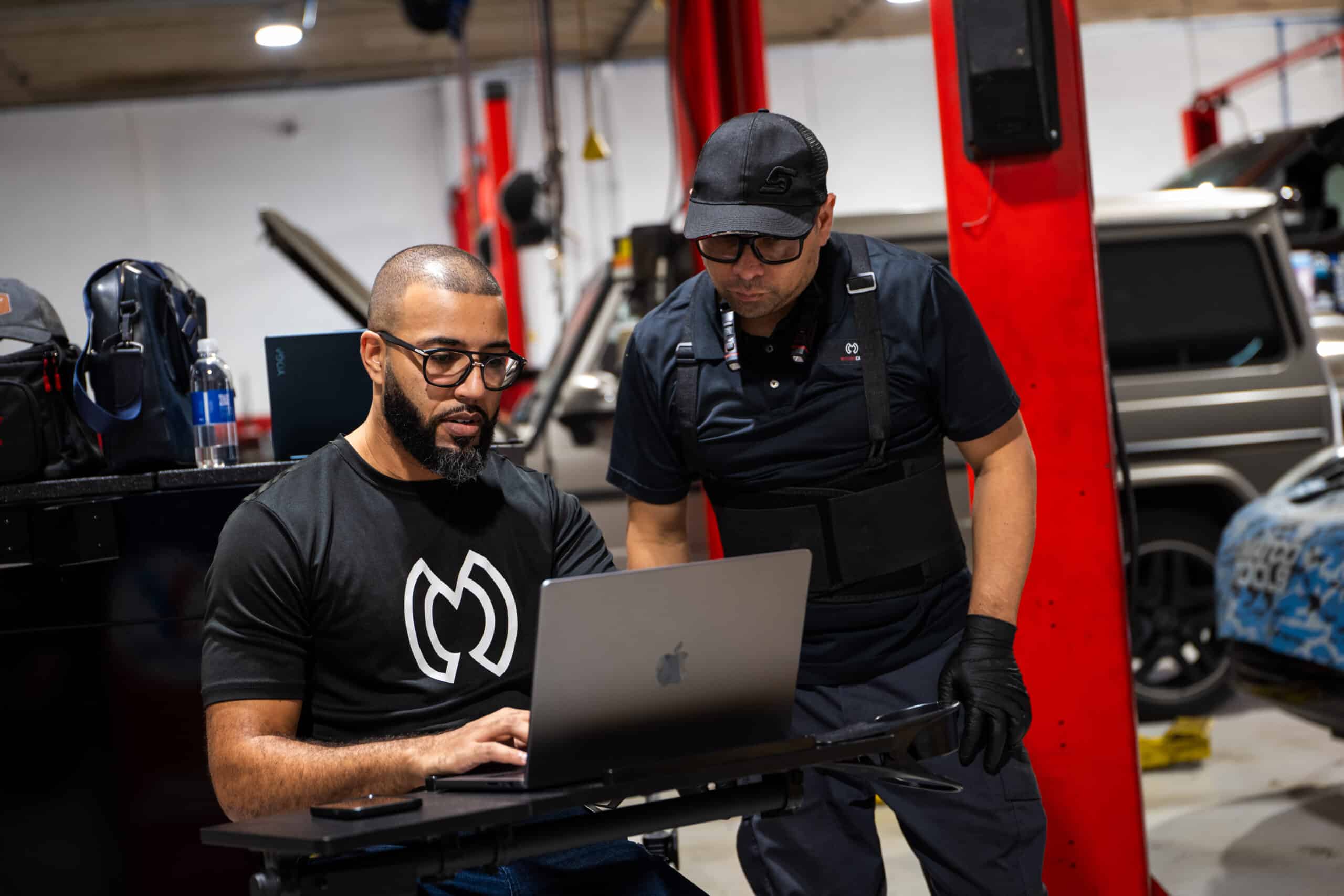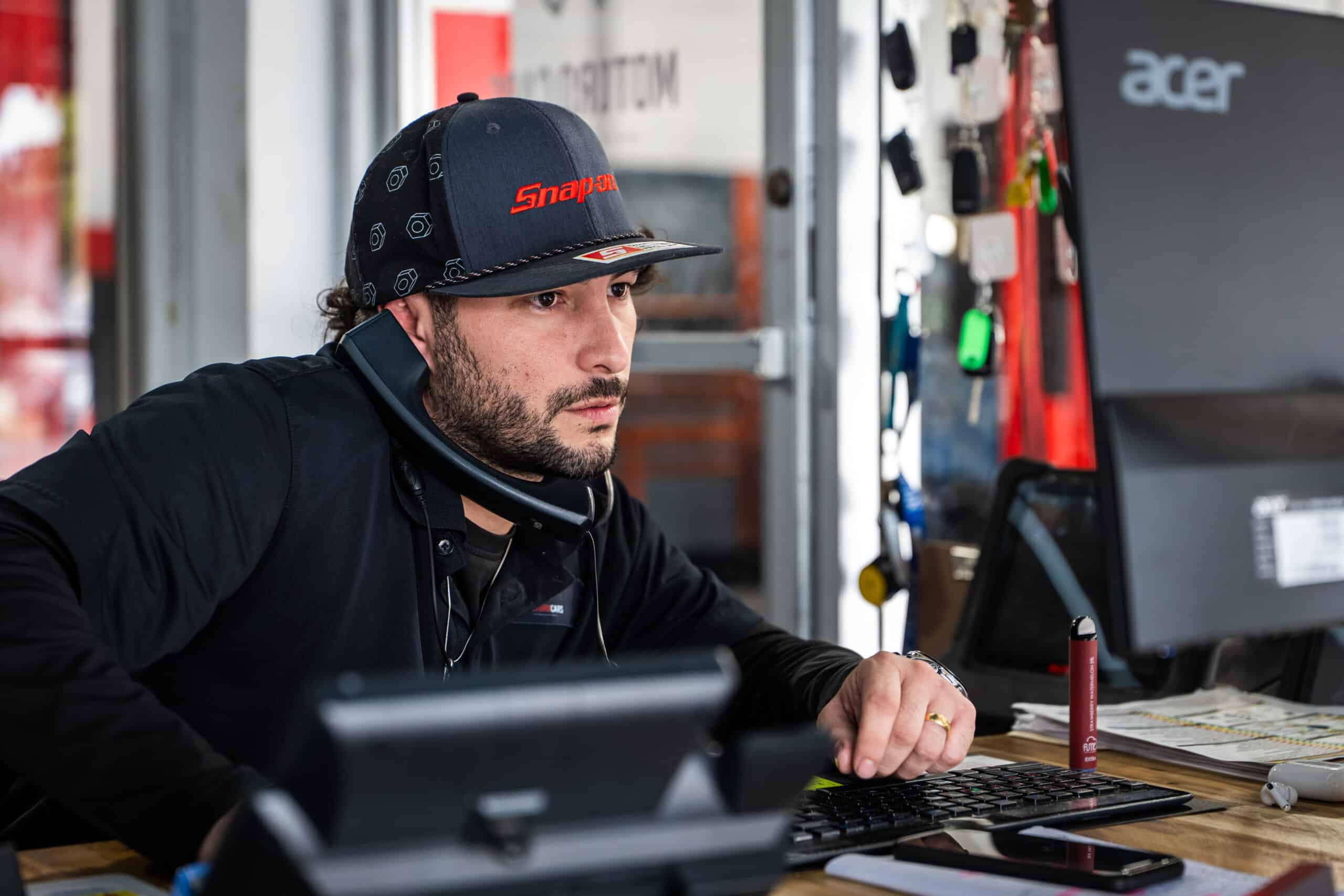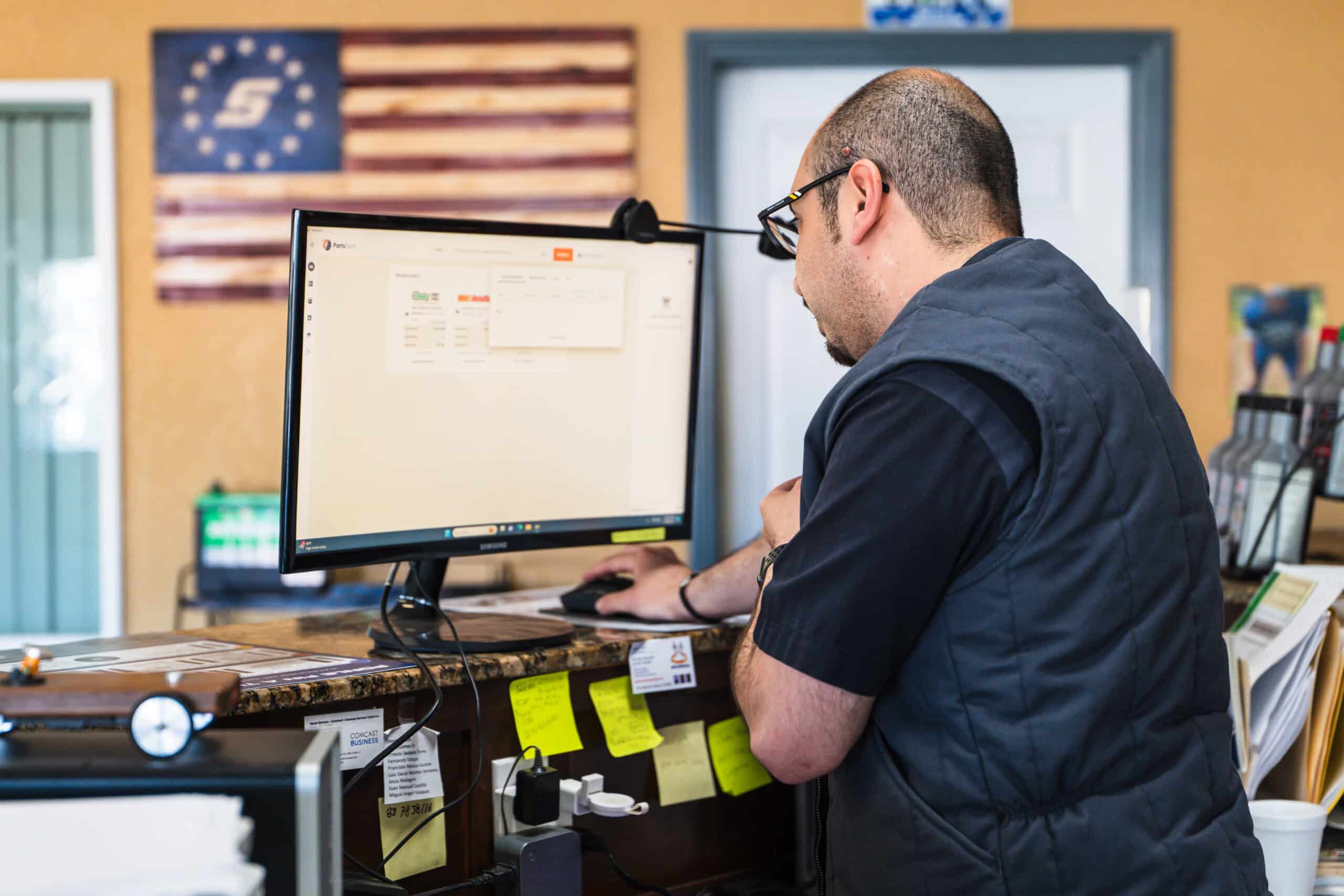
In the auto repair industry, understanding the nuts and bolts of vehicles is crucial, but comprehending the shop’s financial mechanics is equally important. We spoke with Dave Kusa, owner of Autotrend Auto Repair in Campbell, California, and a shop coach for the Automotive Coaching & Training (ACT) Group. Dave champions the idea that auto repair shop owners should share their shop’s financial details with their employees.
Though this approach may seem counterintuitive, it clarifies the business’ financial operations for the team and encourages a more engaged and responsible workforce focused on driving profits for the business.
Why You Should Share Your Shop’s Financials with Your Staff
Dave recalls his early days as a technician, noting the disparity between labor charges billed to customers and his wages — a common misunderstanding among technicians. “I remember when labor rates were around $50 an hour, technicians were getting paid $10 or $12 an hour,” said Dave, “and I believed the owner was taking home the rest.” As a shop owner, you know this isn’t true, but your employees might still hold this belief. How do you change that misconception?
Dave chose years ago to share his shop’s finances, including P&L statements, with his team. He has never regretted this choice. He wants every employee to understand how revenue is used — covering everything from equipment and operational expenses to salaries and business growth. This transparency also shows how net profit allows his shop to handle unforeseen expenses like equipment breakdowns or necessary tool upgrades without resorting to debt financing.
As a shop coach, Dave encourages other shop owners to start sharing their business’ financials with their entire staff to create clarity and build a profit-focused team that is on the same page. He believes that there are many benefits to having financial transparency in your shop, including:
- Demystifying Business Operations: When employees understand where the money from their labor goes, they are more likely to appreciate the shop’s pricing and cost management strategies.
- Increasing Accountability: Transparency leads to a sense of ownership. Employees who see the financial impact of their actions are more motivated to adhere to best practices and optimize their performance.
- Fostering a Profit-Driven Culture: Regular discussions about financial goals and performance can cultivate a culture where everyone aims for profitability and efficiency.
Getting Started with Financial Transparency
Implementing financial transparency can be a significant shift. Here are some practical tips from Dave to help you get started:
- Decide Who Will Present the Data to the Team: Dave recommends having a financial advisor, shop coach, or accountant present the information instead of the shop owner.
- Prepare for Challenging Questions: Sharing financials requires openness about your shop’s financial health. Make sure you are comfortable with your understanding of the financials and prepared to discuss both successes and challenges openly. Prepare for sensitive questions and potentially skeptical responses.
- Introduce the Data with Hypothetical Numbers: Begin by explaining the basic principles of P&L statements using hypothetical scenarios with easy-to-understand numbers. This helps set a comfortable foundation for understanding the elements of a P&L statement and the math within it.
- Share the Real Numbers Thoughtfully: Once the team is familiar with the basics, introduce your shop’s actual financial data. This may feel uncomfortable, especially if your numbers are not where you want them to be. Highlight strengths and improvement areas, focusing on how each team member’s actions influence these outcomes. If your shop isn’t making money, explain why and how the team can work together to fix it.
- Set Clear Financial Goals: Clearly articulate the shop’s financial targets and how these align with day-to-day operations. Explain how reaching these goals benefits everyone, from job security to potential bonuses.
- Review Regularly: Establish a routine with the team of reviewing key financial metrics monthly, with weekly checks on critical areas like parts gross profit and technician productivity. This keeps everyone aligned and allows for course correction to achieve goals.
- Use Transparent Communication: Encourage open discussions about financials, where employees can ask questions and express concerns. This fosters an environment of trust and continuous learning.
Practical Implications of Financial Transparency
Dave illustrates the importance of every team member driving towards profitability. Here are some examples of actions the team can take:
Ensure Everything Goes on the Repair Order: It’s crucial that everything used on the car gets added to the repair order. Overlooked items like brake cleaner and nuts and bolts may not cost much individually, but when they are consistently not added to repair orders, these costs add up and directly impact net profit.
Return Parts Promptly: Failing to return a part like an alternator core means losing the refund and incurring additional costs. These small losses accumulate, significantly affecting the shop’s bottom line over time.
Complete Thorough Inspections on Every Single Vehicle: Incomplete inspections not only mean you may not be catching something on the vehicle that needs urgent repair, but you’re also losing sales opportunities. Every vehicle that comes in the door needs to receive a 100% complete inspection to be thorough in findings. All findings should be estimated and presented to the customer.
Maintain Strong Internal Communication: Service advisors and technicians must work closely to ensure everything is included in the repair order. This includes understanding how long the technician thinks the job will take and making sure all parts and labor are accounted for accurately.
Discount Less: Minimizing discounts helps maintain profitability and ensures that the shop is adequately compensated for the services provided.
Learn more about this topic in our free webinar
How to build a profit-driven team in your auto repair shop — with insights from Dave Kusa
Join PartTech’s upcoming webinar on Thursday, August 1st, to hear more from Dave Kusa. Dave will show how sharing your shop’s financials with your team can:
🔹 Demystify business operations for your employees
🔹 Eliminate employee misconceptions
🔹 Foster a more engaged workforce focusing on driving profits
Learn how to start financial transparency and the key metrics to share.
Thursday, August 1st at 12:30 PM EST | 9:30 AM PST
More about Dave

Dave Kusa, owner of Autotrend Auto Repair, has over 34 years of experience in the automotive service aftermarket. After graduating from De Anza College Automotive Technology Program in Cupertino, CA, in 1984, he began working as a Diagnostic Technician, Shop Foreman, and Service Advisor. Dave accepted a position at Autotrend Diagnostics in 2000 and became the shop owner in 2001. He, his wife Judy, and daughters Katie and Kristi continue to run Autotrend as a family business.
After training with many of the best automotive business trainers, Dave hired Ray Kunz of the Automotive Coaching and Training Group to continue his education and move Autotrend Diagnostics to the next level. Dave is also very involved in the industry. He has worked with the Automotive Service Association (ASA) on the Mechanical Operations Committee, currently serves as the chair of the Automotive Service Councils of California’s (ASCCA) Government Relations Committee, and recently completed his term as the 2017 ASCCA State President.
Dave believes industry involvement, ongoing technical and shop management training, and education are critical to the continued success and growth of anyone in the automotive aftermarket industry, especially now that automotive technology is changing rapidly.
Dave’s words to live by are “adapt or become obsolete.”



